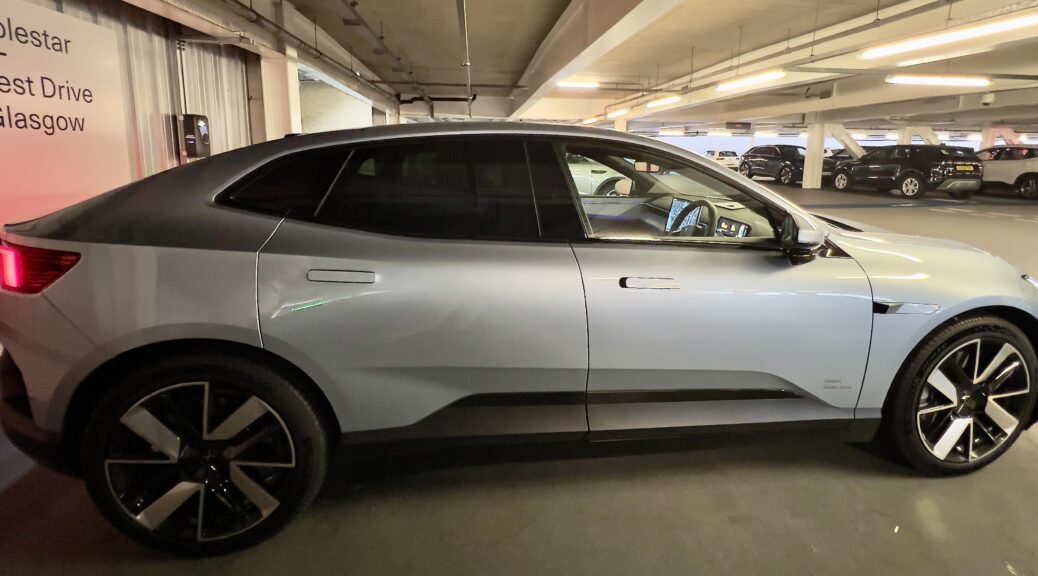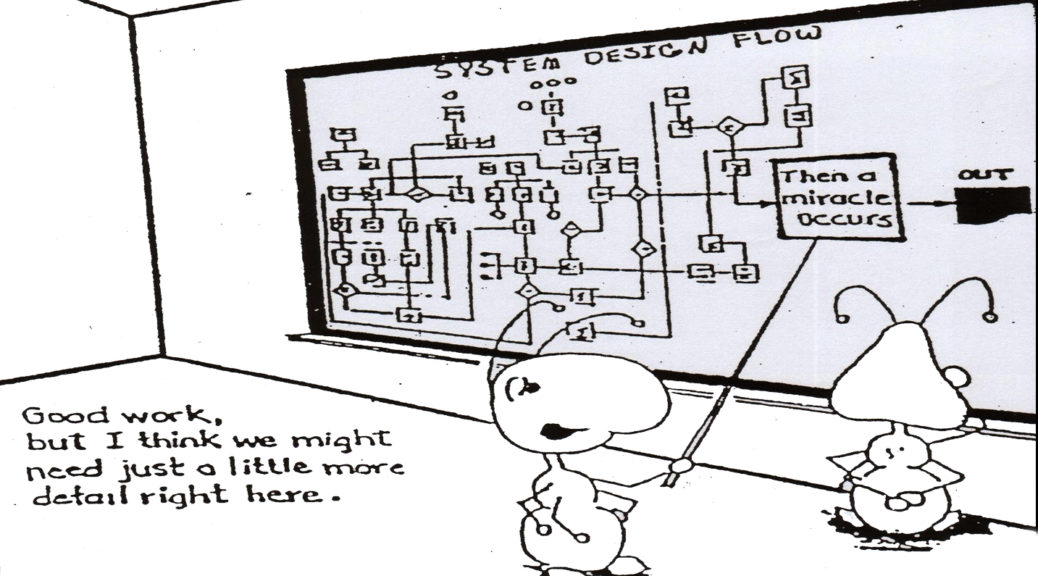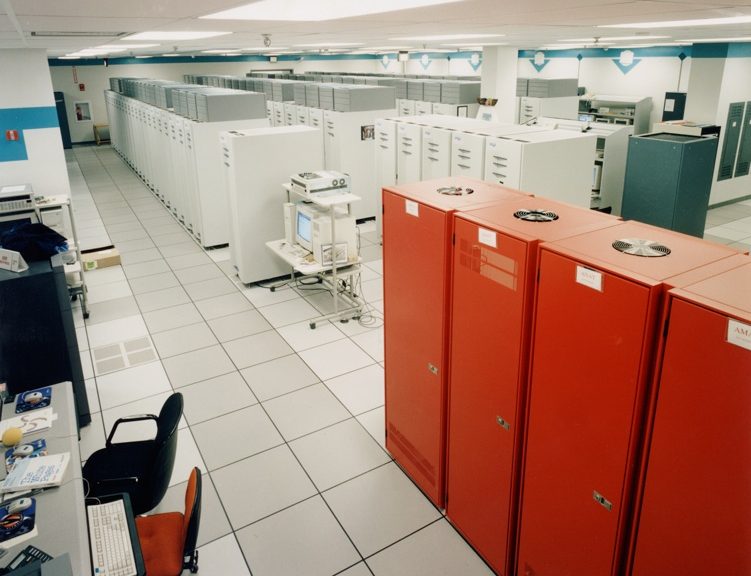
Poor design is a broad canon, but is rarely more visible than in the human interface of motor vehicles (cars and bikes both). Here, the growth in electronic ‘features’ has long since overtaken a focus on actually getting from A to B (and onwards) with a modicum of of safety and with at least the potential for maintaining whatever peace of mind with which you started the journey. And that process has accelerated since human interface design got taken over by corporates with apparently zero understanding of (or interest in) the process of driving or riding, but with a marketing-driven emphasis on creating chargeable new features.
In my case, I’ve been driving a Tesla for the last five years, so have plenty to say on that subject (and will), but today’s issue is courtesy of Polestar, and one which falls under the bad design headings of ‘Gratuitous Reinvention’ and ‘Consequences’. And, of all things, it’s a failing from an attempt to reinvent one of the oldest tools created by our species: the mirror.
Continue reading The Golden Age of Lousy Design #1: Polestar 4 →

Most AI practitioners will argue that the risk to humanity from AI doesn’t (and won’t) come from an AI waking up one day, deciding that the best way to solve the world’s problems is to wipe out humanity and then serendipitously finding that it’s in control of the world’s nuclear weapons. On the principle that cock-up trumps conspiracy, pretty much every time, we’re far more likely to take a range of hits from the misapplication of an AI that’s either too stupid to do the job that’s been asked of it or where those deploying it are incapable of understanding its limitations (or indeed don’t care, as long as they’ve cashed out before it all falls apart). Broadly speaking, machine systems fail for one or more of these reasons: Continue reading Wye AI, Man! →

I spend much of my time working on various Smart City programmes: anything from modelling need and opportunity to designing architectures for the fusion of large and diverse data sets with live sensor and device data (IoT) and the analytics needed to make the results coherent, timely and relevant. I also live in a very small community, where I was founder of a community company whose efforts have led to our little corner of the Scottish Highlands being in the top 1% of global broadband connectivity. We’re now starting to use that infrastructure to create opportunities for new services and means of service delivery, applying the principles of Smart City programmes to the needs of rural and remote communities, based on the tripod of providing the tools (in the form of the infrastructure), helping people acquire appropriate skills and then nurturing the ideas that then emerge.
Continue reading From Smart Cities to Rural Communities →

I spend quite a lot of my time doing due diligence on innovation funding applications. I’ve been doing this for rather longer than is comfortable to contemplate so, over the years, I’ve seen progressive tides of hype wash in, fill a few rock pools, and then wash out again, only to re-emerge a few years later – assuming it had any merit in the first place – in a form that actually works as part of the overall problem-solving ecosystem. That innovation-development-hype-disappointment cycle may actually happen several times before the rest of the innovations needed for an idea to gain market traction catch up. That’s certainly been the case with VR and AR, with IoT and, most of all, with ArtificiaI Intelligence (AI). Continue reading Then a Miracle Occurs: The Hype of AI Pitches →

The picture above is ASCI Red, the world’s fastest supercomputer in 1999-2000. It was about the size of a large tennis court, sucked a couple of MW and cost around $55M (it went through various incarnations). And that’s not to mention the staff of acolytes and air-conditioned buildings required to make it work. Its delivered performance was about 2.4 TFlops (Thousand Billion Floating Point Operations per second), with a theoretical maximum of around 3.2TFlops, delivered by an array of nearly 10,000 processors, all chuntering away in parallel.
Continue reading Days of Futures Past →

AI (that’s Artificial Intelligence – I have to be clear here as I live in a farming community and conversations have been known to take a strange turn) is a flavour of the moment and is riding high on the arm-waving curve of the hype cycle. We’ve been here before though – as a notion, AI has been through more loops of the hype cycle than most technologies, with successive waves of mutually reinforcing innovation and fiction conspiring to promise more than contemporary understanding could deliver.
Continue reading AI and the Naming of Names →

Rewind: Sixteen years or so ago, I was interested in how we use software to help us solve the compound, iterative and ever-changing problems we face every day: juggling complex trip schedules, working out where we need to be and when to co-ordinate with our friends or colleagues and, of course, how we find out about stuff that we’d want if only we knew to ask for it. I’m still thinking about it.
Continue reading New World, New Ways… →
Here’s a little history: in the early nineties, much of my consultancy work orbited (often eccentrically) around a binary model: the development of new technologies and helping clients to understand how those technologies could help their businesses and to work out how and when to jump in. It still does. Continue reading Hype, Reality and Expectation →
Two Worlds is an AI research consultancy and incubator, specialising in complex, adaptive systems. We create strategies, technologies and services that encompass advanced data discovery and fusion AI/Machine Learning, IoT networks, augmented and mixed reality systems.







